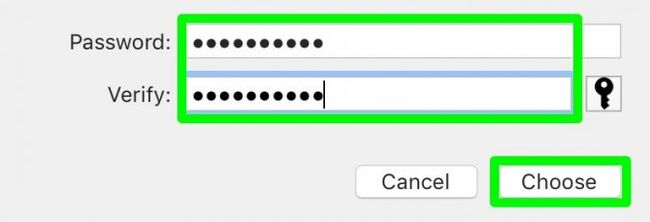

Your file or folder is now encrypted just as in the previous section.

When you're ready to encrypt a file or folder, simply drag it over and release over Encrypt Image the "New Disk Image" window will appear.Unzip the file and place the Automator action wherever you want (I chose my desktop).Download our Encrypt Image action onto your Mac.To make things easier, we've made one for you! Not only is this method easier, but it offers two more benefits: you can encrypt single files without putting them in folders first, and your original file will disappear seconds after the. Instead of following all of the steps above using Disk Utility each time you want to create a password-protected folder, you can use an Automator action to simplify the process. Using Automator to Simplify the Disk Utility Process And make sure to also delete the original folder, since Disk Utility does not automatically delete it after creating a disk image (see the next section for a way that will automatically delete it). Make sure to unmount the disk image when you're done using it, so that it can go back to being password-protected. After finishing up whatever you're working on in any of the three iWork apps (I'll be using Pages as an example), do the following. Using Apple iWork (Keynote, Numbers, & Pages)Īll three of Apple's productivity apps, Keynote, Numbers, and Pages, have password-protection features built in. This updated guide focuses on Yosemite (10.10), though the methods may still work on older systems. We had previously done a guide on this, but things have changed a lot since then. If you're looking for another way to protect your personal files in Mac OS X, keep reading, as I'll be covering ways to password-protect individual files and folders using iWork, Microsoft Office, Automator, Disk Utility, Terminal, and more. There is also the chance that it will slow down your computer, especially at startup. Mac OS X does have FileVault as a good security option, which uses XTS-AES 128-bit encryption to password-protect your entire hard drive, but this is a drastic measure to take unless you're prone to theft. While you may not have loads of secret files hiding on your computer, there might be one or two items that need a little extra security, like a file of website logins or a folder of risqué photos.


 0 kommentar(er)
0 kommentar(er)
